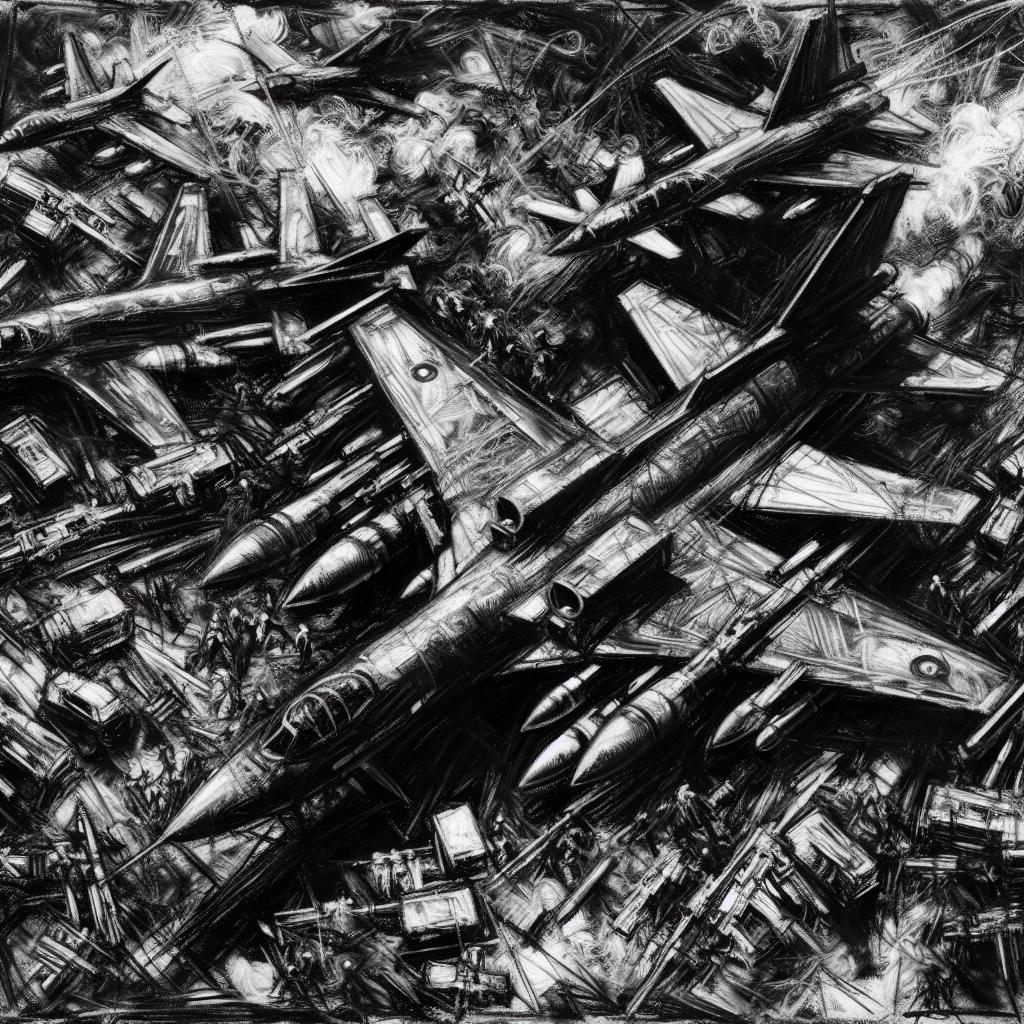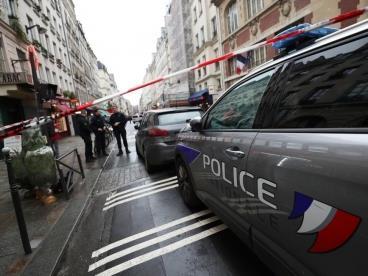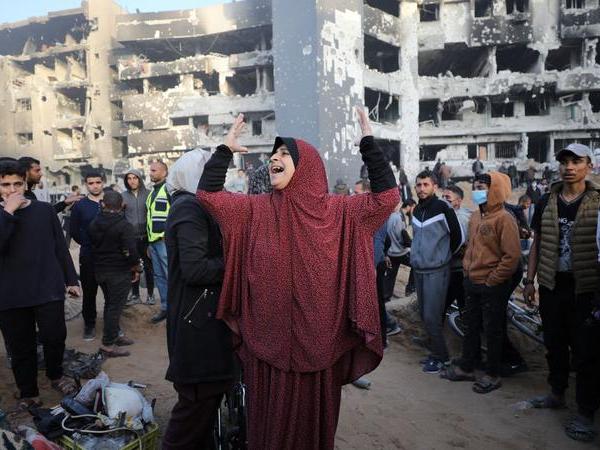In a significant escalation of the Ukraine-Russia conflict, Ukraine has employed Western-supplied weapons to target and destroy a Russian air defense system in the Belgorod region. This strategic move, which likely took place between June 1 and 2, has been confirmed by Ukrainian officials and signals a removal of previous restrictions on striking Russian territory. The attack was executed using HIMARS, a high mobility artillery rocket system, and has been deemed successful by Ukrainian military experts. The Ukrainian government believes that such strikes will weaken Russia’s tactical aviation and limit its operational capabilities near the border, potentially impacting the war’s dynamics and planning of counteroffensive actions. The decision to allow Ukraine to extend the use of Western arms has led to a divergence in priorities within NATO. While the US has not ruled out Ukraine’s potential membership in NATO post-conflict, it continues to provide weapons support. However, there is no unified stance within the alliance, with some leaders expressing concerns about the conflict becoming uncontrolled and the risks of NATO’s direct involvement. The Kremlin has responded by threatening to attack foreign instructors in Ukraine and has reiterated that those involved in training Ukrainian military personnel will not have immunity from Russian attacks. Additionally, Ukrainian Ambassador Oleksii Makeiev has called for NATO countries to set up a defense system against Russian air attacks on western Ukraine, citing the proximity of occupied territories to the EU. As the conflict continues to evolve, the use of Western weapons by Ukraine on Russian soil raises questions about the boundaries of engagement and the potential for further escalation, including Russia’s response to what it perceives as crossing its ‘red lines’.
Key points
- Ukraine has used Western-supplied HIMARS to target and destroy a Russian air defense system in the Belgorod region.
- The attack signifies a shift in Ukraine’s military strategy and the use of Western arms, potentially weakening Russian forces near the border.
- NATO’s response to the escalation is divided, with some leaders expressing concerns about the conflict’s uncontrollability.
- The Kremlin has threatened to attack foreign military instructors in Ukraine, indicating a possible intensification of the conflict.



